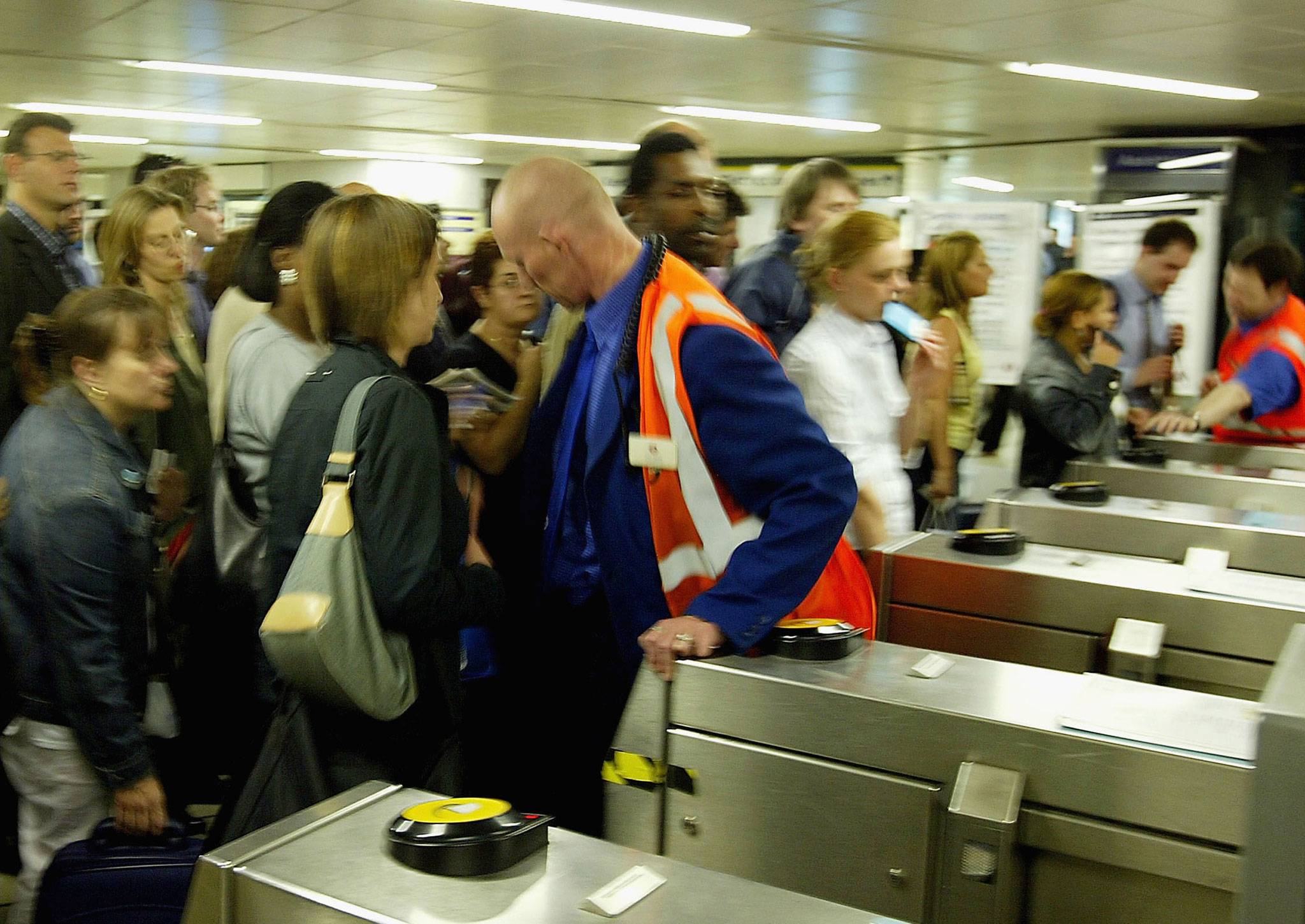The Tube strike will last 48 hours - but for disabled travellers, this kind of travel trauma remains a part of everyday life
Central London’s Tube network is almost entirely inaccessible to anyone in a wheelchair

Tube strike. Two words that put fear into the heart of any London commuter with the prospect of their already nightmarish journey being sent spiralling downwards into another circle of transport hell.
Yet while for most people this travel trauma only exists for the 48 hours of the current strike, for some it remains a part of everyday life.
For many disabled travellers, this sort of odyssey on four wheels is a daily necessity.
Despite promises made almost a decade ago and the city’s fairly recent, if perhaps short-lived, descent into Paralympics-mania, the fact remains that central London’s Tube network is almost entirely inaccessible to anyone in a wheelchair.
In 2006 a London Underground press release stated: “One third of Tube stations will have step-free access by 2013 and will, if possible, accelerate accessibility works ahead of the 2012 Olympics.”
Deputy Mayor Richard Barnes promised the “most accessible games ever” in the build up to the Olympics and yet of London’s 270 tube stations - how many now have step-free access to the platform?
Currently there are 66 – some way short of the 90+ promised almost ten years ago, and a figure distorted by the percentage of those stations that are outside London’s centre.
While there are notable exceptions, such as the DLR, which is entirely wheelchair-friendly, and the Overground and Jubilee lines which both have significant accessible sections, central London still remains an almost completely no-go area for anyone in a wheelchair as far as the Tube is concerned.
In fact of all the tube stops in Zone 1, just six currently have step-free access to the platform, dropping to four that don’t then have a step onto the train itself.
So from Whitechapel to Notting Hill Gate, Kings Cross to Vauxhall and anywhere in between, if you happen to be in a wheelchair you can independently use a whopping four of the 62 available Tube stations.
While of course the age of both London and its underground network make things more complicated than somewhere like Washington DC, which boasts an almost entirely accessible subway system, the fact that only 6 per cent of Zone 1 offers step-free access onto a tube carriage is surely not good enough.
In a city that has designs on being one of the best in the world, the continuing inaccessibility of its main public transport system remains a largely ignored and ongoing embarrassment.

Join our commenting forum
Join thought-provoking conversations, follow other Independent readers and see their replies